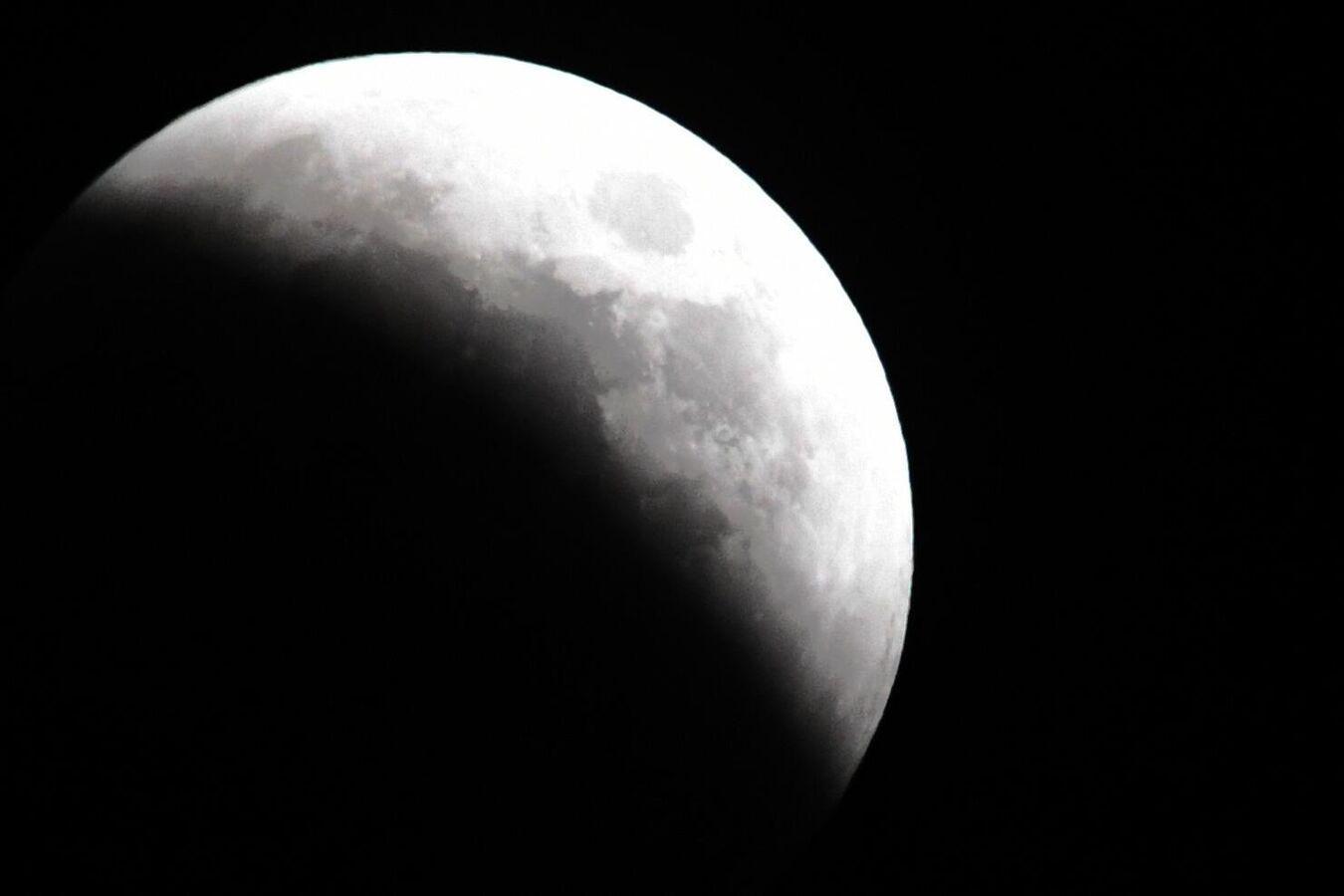Africa-Press – Namibia. Roscosmos chief Yuri Borisov revealed to Sputnik on Wednesday that work is underway on a Russian-Chinese lunar NPP expected to be delivered to the Moon in the 2030s. Sputnik asked Dr. Natan Eismont, a leading researcher at the Russian Academy of Sciences’ Space Research Institute, about the prospects for Russian-Chinese cooperation in this field.
Russia and China are working out the technical means to deploy and install a nuclear power plant on the lunar surface sometime between 2033 and 2035, with its creation necessitated by the need for a compact, reliable, long-term and durable nuclear energy source on the lunar surface, Yuri Borisov said.
Borisov pointed out that lunar nights last the equivalent of approximately 14 Earth days. In such conditions, conventional solar panels cannot hope to accumulate enough power to ensure the operation of the prospective Russia and China-led International Lunar Research Station project over such a long period of time.
Combining Experience and Resources
Russia and China individually have great promise when it comes to space exploration, but combined, they have the potential to create a force multiplier effect benefiting both countries immensely, Dr. Natan Eismont, a veteran Soviet and Russian space researcher and leading commentator on space exploration, told Sputnik.
“Cooperation between Russia and China in advanced technologies will serve to benefit both sides. Both parties will receive additional benefits from cooperation here, because in some specialized areas (and nuclear energy one such area), each has its own solutions at the highest level in the field. Here, both Russia and China have their own achievements, and combined, of course, we will receive…what will likely be best-in-the-world solutions,” the academic explained.
This applies both to nuclear power applications for use in space (a strong suit of Russia’s thanks to the Soviet experience) and for lunar exploration in general, where both the USSR and the PRC achieved unparalleled milestones in the use of robotic platforms, Eismont said.
Characterizing the idea of a nuclear power-plant based system of energy generation for a Moon base “a very, very good idea” in light of the limitations of solar power, the observer said that the question of how to deliver it to the lunar surface also has a solution. “Will this installation be suitable to be carried by the rocket delivery vehicles that are currently available? The answer is yes. There are carriers, there are spacecraft, there are landing vehicles which can deliver such an installation to the Moon’s surface,” he said.
Any modern lunar nuclear power plant developed by Russia and China will almost certainly be sufficient for a Moon base’s needs, Dr. Eismont noted, recalling that Russia in particular has had experience with space-based nuclear technology going back to the 1970s and 1980s, with the USSR fitting TOPAZ-series fission reactors to the Legend-series Earth observation satellite series.
Furthermore, the USSR explored nuclear power as a key prospective means to power its manned Mars mission program, which was planned for the 2000s but never realized after the USSR’s collapse.
“It was 30-40 years ago that such installations were used by the Topaz reactor. But time has passed, and of course nuclear generating capabilities have progressed, with what was previously seen as quite difficult or risky to send to the surface of the Moon now no longer looking like a task beyond our technological capabilities. That is, it is possible, using modern spacecraft, modern carrier rockets, and specialized versions of nuclear power plants which have already been developed, to apply this technology for use on the lunar surface,” Dr. Eismont explained.
In other words, Russian and Chinese scientists won’t have to reinvent the wheel, but can adapt “existing nuclear installations for slightly different tasks,” he added.
“This agreement opens up prospects for both sides. Everyone will get their own advantages. Nuclear technology is quite widely used in China, but with some peculiarities. The Chinese are not shy about purchasing these technologies from other countries…For us, of course, this is a very successful option for cooperation. Both sides benefit, and this increases both the reliability of using such technologies and the opportunities to build them up to an advanced level,” Eismont said.
Specifically, Russia, with its vast accumulated historical experience in space research and exploration, is cooperating with China – a fledgling space superpower in its own right, with both the material resources and the ambition to meet its lofty space ambitions.
As cooperation develops, Dr. Eisment expects the technologies which became available thanks to the Soviet exploration of the Moon in the 20th century to be very useful. “Because let’s remember that the Soviet approach to lunar exploration was exclusively a robotic approach. That is, there were no expeditions to the lunar surface with human participation. But tasks with the help of robots were solved successfully,” the academic said, recalling that Soviet lunar rovers even proved able to autonomously collect lunar samples and return them back to Earth.
China has its own major achievements via its Chang’e program, with the Chang’e 4 becoming humanity’s first-ever soft landing on the far side of the Moon in 2019. The PRC’s Chang’e 6 spacecraft entered the Moon’s orbit this week to collect the first-ever sample from the lunar surface obtained on the dark side of the Moon.
“The Chinese have demonstrated notable successes here, of course, because their exploration of the Moon has also so far been carried out very successfully with the help of robots. And it’s clear that if we are going to install a nuclear reactor on the Moon’s surface, the safest way to do so is of course to use robots,” Dr. Eismont summed up.
For More News And Analysis About Namibia Follow Africa-Press






